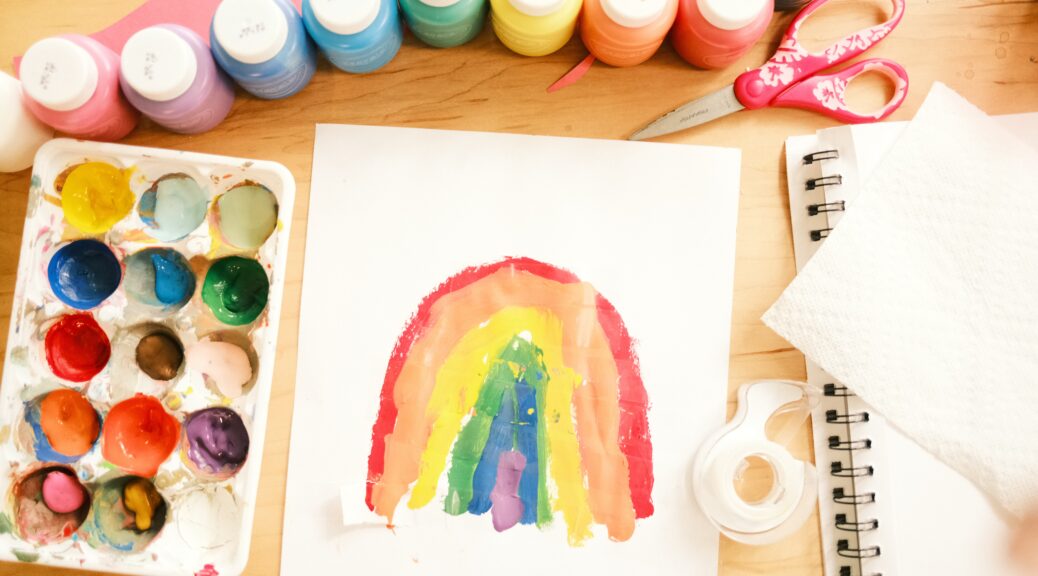
Film Adaptations: Magic and Challenges of Turning Stories into Movies
In the ever-evolving world of cinema, film adaptations have played a significant role in bringing beloved stories from various forms of media to the silver screen. This article explores the art and challenges of film adaptation, shedding light on the intricacies of this creative process and its impact on the film industry while addressing the controversies and criticisms that often accompany these endeavors. We will also delve into the evolution of film adaptation, considering changes in trends and the influence of technology.
Definition of Film Adaptation
A film adaptation refers to the process of transforming a written work, such as a novel, short story, play, or even a video game, into a cinematic production. This can encompass a wide range of genres and styles, from literary classics to contemporary novels and everything in between.
The purpose of this discussion is to explore the multifaceted world of film adaptations, covering the entire process from inception to the impact on the film industry, all the way to the controversies and criticisms that often follow. Additionally, we will examine how film adaptations have evolved over time and have been influenced by technological advancements.
The Process of Film Adaptation
Selection of Source Material
The first step in the film adaptation process is choosing the source material. This decision can significantly impact the success of the adaptation, as not all stories translate seamlessly to the cinematic medium.
Screenplay Adaptation
Once the source material is selected, the screenplay adaptation begins. This is a delicate process of condensing and reimagining the narrative to fit the constraints and storytelling techniques of film.
Filmmaking Process
The filmmaking process encompasses all the elements required to bring the adapted screenplay to life, including pre-production, filming, post-production, and distribution. This phase is where the creative vision of the adaptation takes shape.
Challenges in Film Adaptation
Fidelity to the Source Material
Staying faithful to the source material while accommodating the differences in storytelling mediums can be a complex challenge. Striking the right balance between adaptation and originality is crucial.
Length and Pacing
Adapting a lengthy novel into a two-hour film necessitates careful consideration of pacing and the omission of some content. Maintaining the essence of the story while keeping the audience engaged is a challenging task.
Visual Interpretation
Every reader forms their own mental images of the characters and settings in a story. Translating these visual elements to the screen requires a director’s vision and production design that resonate with the audience’s expectations.
Casting and Characterization
The casting of actors and their ability to bring characters to life is vital. It’s essential to capture the essence of characters while allowing actors to infuse their own interpretations.
Critical and Commercial Aspects
Box Office Success
The commercial success of film adaptations can have a profound impact on the film industry, influencing trends and encouraging more adaptations of popular stories. High box office earnings can translate into franchise opportunities and sequels.
Impact on the Film Industry
Successful film adaptations can trigger shifts in the industry, leading to a surge in similar projects and promoting collaboration between literary and cinematic worlds.
Critical Reception
Critical acclaim can elevate a film adaptation’s standing. Recognition in awards ceremonies such as the Oscars or Golden Globes can validate the adaptation’s quality and storytelling prowess.
Film Adaptation and Awards Recognition
Film adaptations often compete in prestigious award categories, which can boost their reputation and showcase the talent of the cast and crew.
Controversies and Criticisms
Departures from the Source Material
One common source of controversy is when filmmakers take significant liberties with the source material. This can alienate purist fans while potentially opening up new creative opportunities.
Fan Reactions and Expectations
Fan expectations are high when it comes to adaptations of beloved stories. Deviating from these expectations can lead to backlash and vocal criticism.
Issues with Adaptation Fidelity
Striking the right balance between fidelity to the source material and creative freedom is an ongoing challenge. The risk of straying too far or not far enough can be a source of contention.
Evolution of Film Adaptation
Changes in Adaptation Trends Over the Years
Film adaptations have evolved over time, reflecting the changing tastes and interests of audiences. Classic literature adaptations have been joined by a wide array of source materials, including comics, video games, and even theme park attractions.
Influence of Technology and CGI
Advancements in technology and the use of CGI have revolutionized the way stories are brought to life on the screen. This has expanded the possibilities for visual storytelling and added new dimensions to film adaptations.
Conclusion
Film adaptations represent a captivating intersection of literature and cinema, offering both creative opportunities and challenges. Their significance in the film industry is undeniable, with the potential for immense commercial success and critical acclaim. However, the path to a successful adaptation is fraught with complexities, from staying true to the source material to navigating fan expectations. As technology continues to advance, the world of film adaptation is likely to evolve further, offering even more magical and challenging possibilities for storytellers and audiences alike.